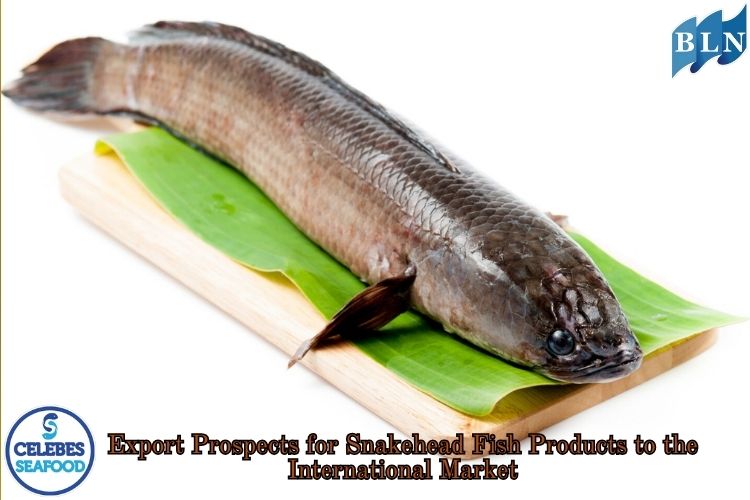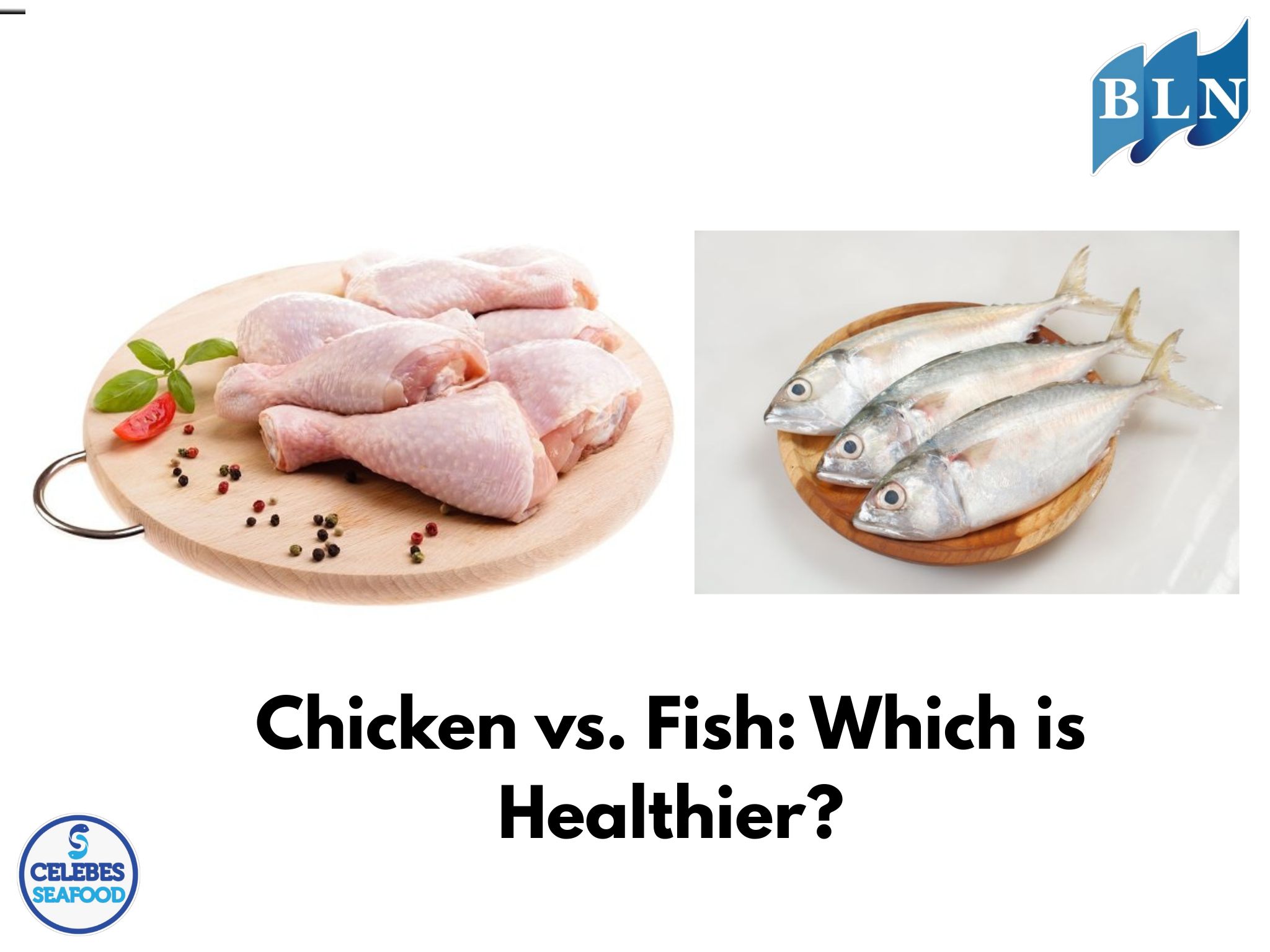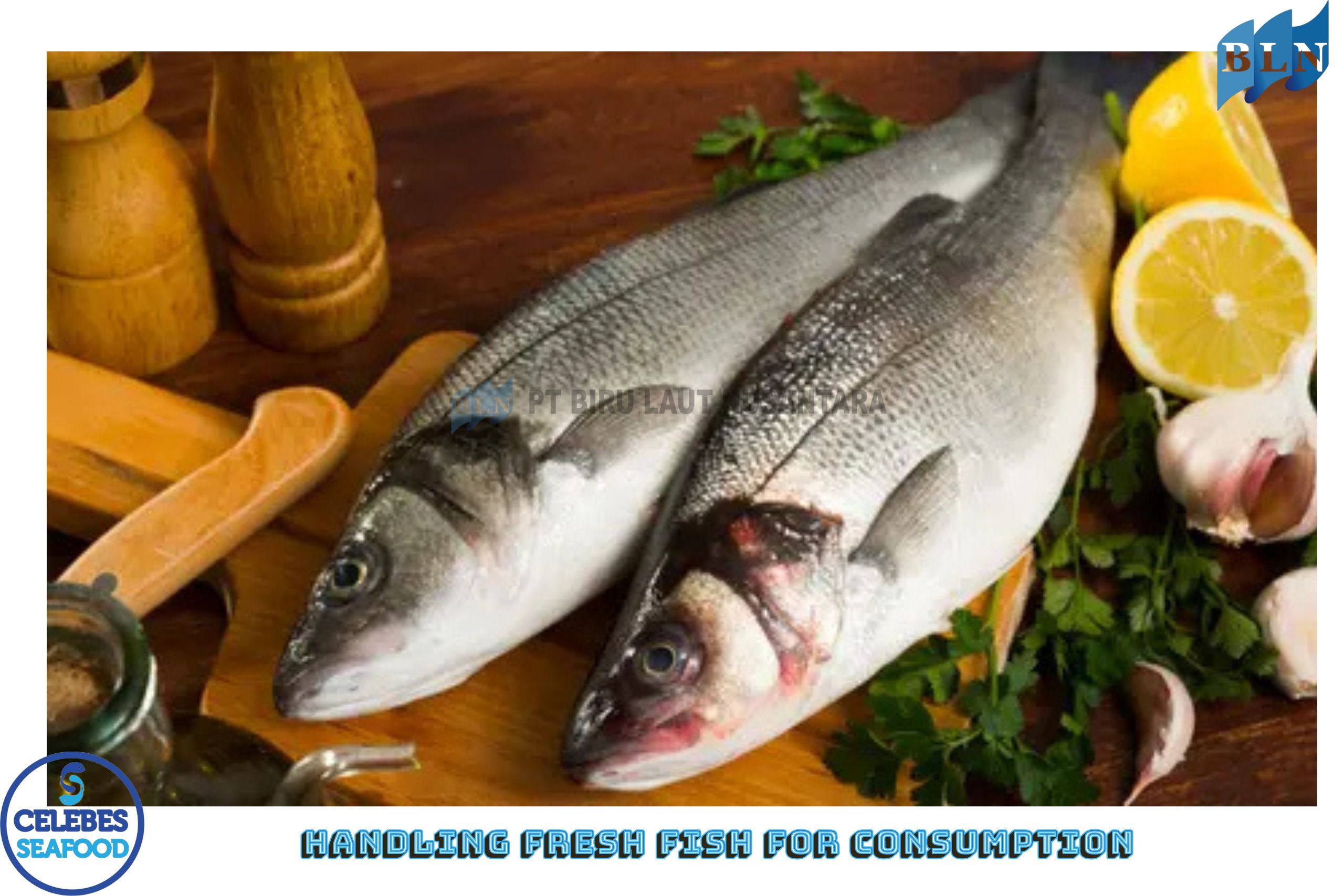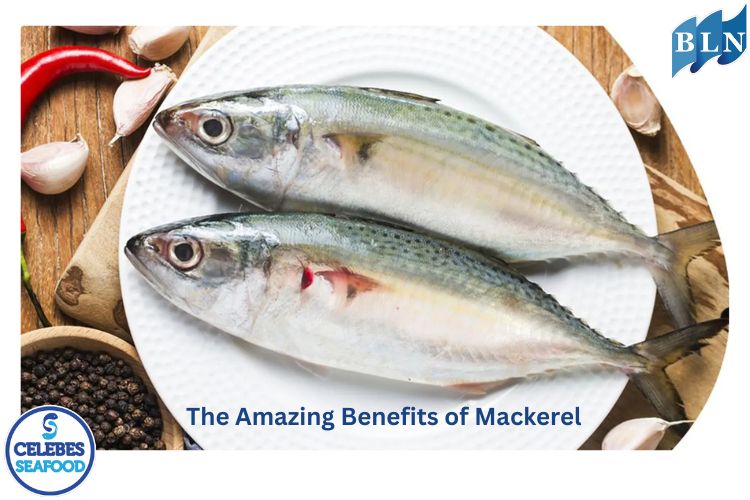Nutritional Content and Its Application in Food Product Innovation
By. Azizah - 25 Jun 2025.jpg)
lautnusantara.comFood is evaluated not only by taste but also by its nutritional content, which plays a vital role in human health. Nutrients such as proteins, carbohydrates, healthy fats, vitamins, minerals, and bioactive compounds contribute to food quality and functionality. This article discusses the main nutritional components found in food, their roles in the human body, and their application in the development of innovative food products, particularly functional foods, healthy ready-to-eat meals, and plant- and animal-based food alternatives. Applying nutritional knowledge in food processing is essential to address modern public health challenges.
INTRODUCTION
The demand for nutrient-rich food is growing alongside public awareness of healthy dietary habits. Food product innovation now focuses not only on taste and presentation but also on health benefits and nutritional value. Nutritional content has become a key component in developing food products that meet basic needs while contributing to disease prevention and improved quality of life.
MAIN NUTRIENTS IN FOOD INGREDIENTS
-
Protein
Crucial for growth, tissue repair, and enzyme and hormone formation. Sources include fish, eggs, and soybeans. -
Carbohydrates
The body’s primary energy source. Complex carbohydrates from whole grains, tubers, and cereals are recommended. -
Healthy Fats
Includes omega-3 and omega-6 fatty acids, important for brain and heart health. Found in marine fish, nuts, and vegetable oils. -
Vitamins and Minerals
Essential for various metabolic functions. For example, vitamin C acts as an antioxidant, and iron aids in blood formation. -
Dietary Fiber
Supports digestive health and reduces the risk of degenerative diseases. Abundant in fruits, vegetables, and seaweed. -
Bioactive Compounds
Such as flavonoids, polyphenols, and phytosterols, which serve as natural antioxidants.
APPLICATIONS IN FOOD PRODUCT INNOVATION
-
Functional Foods
Products like probiotic drinks, high-fiber cereals, and foods enriched with natural antioxidants from plants or seaweed. -
Healthy Ready-to-Eat Meals
For example, frozen fish-based meals with added vegetables and natural herbs without synthetic preservatives. -
Plant-Based Food Alternatives
Including plant-based meats from legumes, dairy alternatives from soy or almonds, and fruit- and seed-based snacks. -
Nutrient Fortification and Encapsulation
Technologies that add vitamins, minerals, or probiotics into food without significantly altering taste.
SUPPORTING PROCESSING TECHNOLOGIES
-
Drying and milling to preserve nutritional content.
-
Extraction of bioactive compounds from plants and marine sources.
-
Encapsulation technology to protect sensitive nutrients during storage.
-
Active packaging using biodegradable food-grade materials to maintain product stability.
CHALLENGES AND OPPORTUNITIES
Challenges:
-
Higher production costs for health-oriented food innovations.
-
Limited consumer education about nutritional importance.
-
Dependence on imported materials for certain specific nutrients.
Opportunities:
-
Growing health-conscious lifestyle trends.
-
Government support for functional and local food industries.
-
Technological advances that enhance production efficiency.
If you are interested in our Coral Trout Fillet Skin On, CORAL TROUT WGG WHOLE GILLED GUTTED, TOMATO COD WHOLE GILLED GUTTED please do not hesitate to contact us through email and/or whatsapp.


.jpg)
.jpg)




